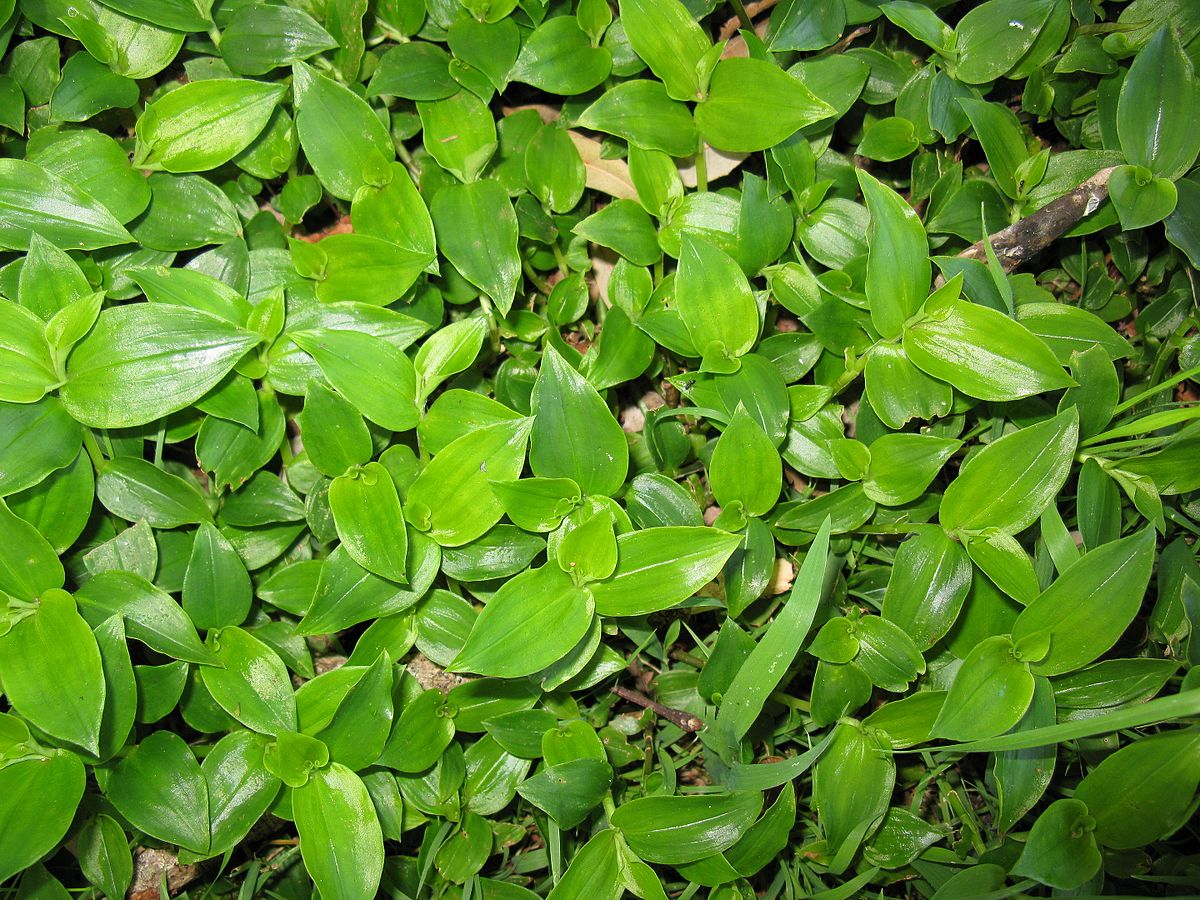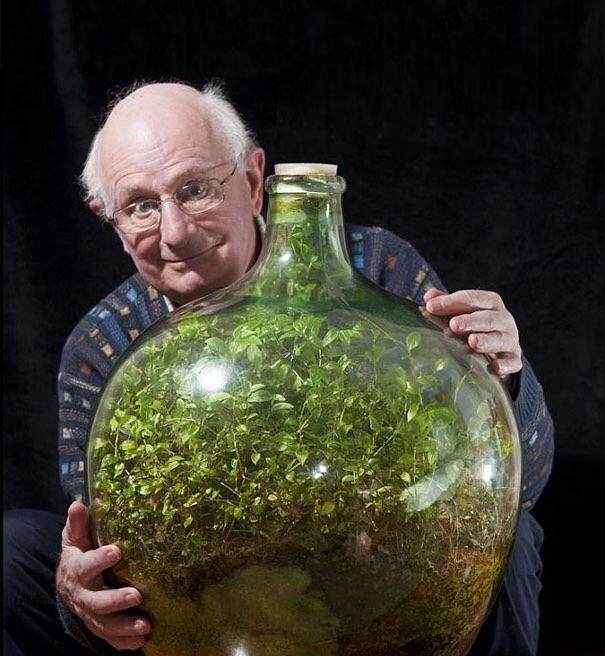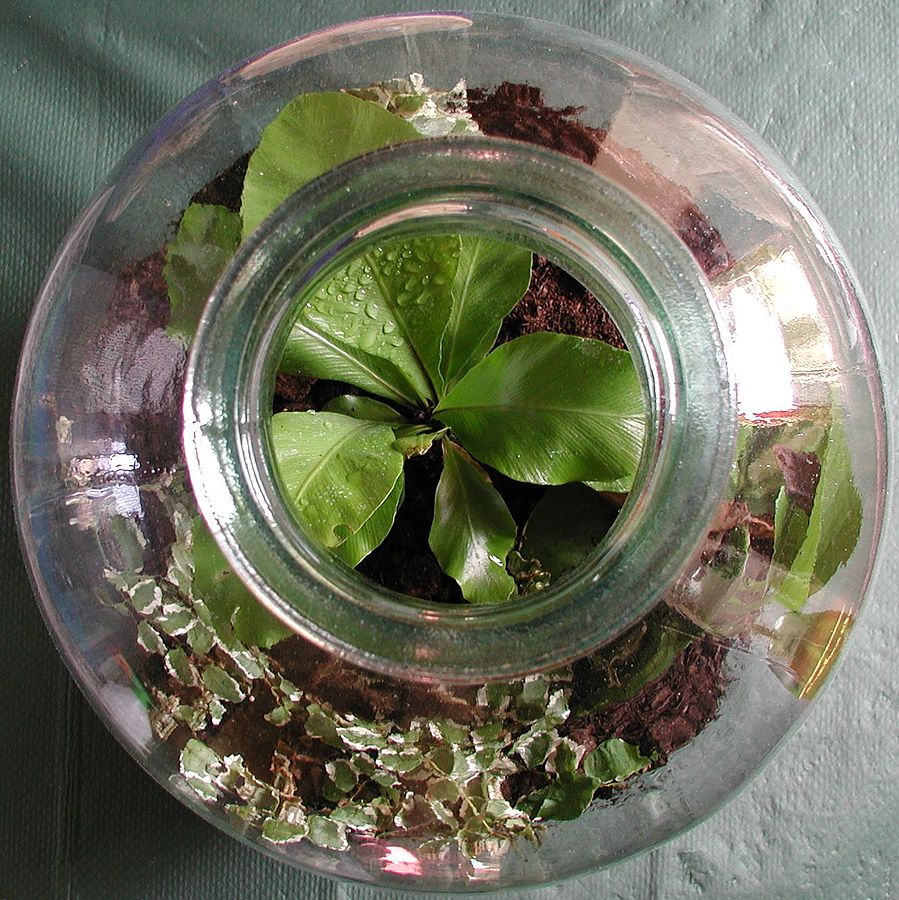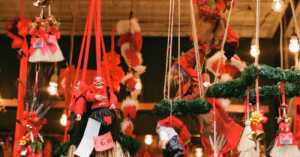David Latimer planted Tradescantia (also known as spiderworts) 60 years ago. He placed the community of plants inside of a large glass container and sealed it shut. In 1972, he opened the bottle and watered them. Since then, the ecosystem has remained shut – and it’s still thriving to this day.
Many people are confused as to how the plants have survived life in a sealed bottle, so Latimer was kind enough to explain how it works.

He shared with the DailyMail, “It’s 6 feet from a window, so gets a bit of sunlight. It grows towards the light so it gets turned round every so often so it grows evenly. Otherwise, it’s the definition of low-maintenance. I’ve never pruned it, it just seems to have grown to the limits of the bottle.”
The bottle might be cut off from the rest of the world, but the ecosystem has been doing great for quite some time. Since the bottle is close enough to a window to absorb light, this makes life easier. The light is converted into useful energy and the plant is able to grow without being impeded. The nutrients are recycled through the process of photosynthesis.

All the plants need to keep living on is some light. No water is necessary, believe it or not. How this is possible is that oxygen is produced during the process of photosynthesis. This creates moisture which turns into condensation on the glass of the bottle. The condensation then rains back down to water the plants.
“It’s a great example of the way in which a plant is able to recycle. It’s the perfect cycle of life,” says television host and garden designer Chris Beardshaw, according to DailyMail.

61 years after the initial establishment of this ecosystem, Latimer’s plants are still going strong.
When Latimer passes on, he has every intention of passing the ecosystem down to his children, so that it can continue to thrive in his absence. If there are no family members who are willing to take on the responsibility, he plans on donating the project to the Royal Horticultural Society. No matter who ends up with this ecosystem, we hope we can get progress updates in the 60 years.
How neat is this?













